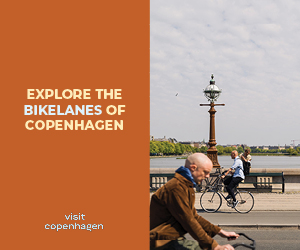Spain’s reputation for merrymaking with sand, sangria and bullfighting amid humid temperatures precedes her. Add in high-rise hotel developments that rob her of tranquil coastline and unused land for local benefit, and you have a cocktail of environmental and social issues. With the focus firmly on cheap holiday packages, rituals passed down the generations have suffered as we opt for overcrowded beaches and drone on about the lack of loungers by a chlorine-scented pool.
While this is our modern view of Spain as a tourist destination, the true heritage of the country revolves around a gentler picture-postcard of agriculture, fishing and conventional mill manufacturing. The birthplace of celebrated individuals from Picasso and Salvador Dalí to architect Antoni Gaudí, it is in the region of Andalucía that we can reclaim a sense of adventure and bathe in true Spanish culture.
‘Focus on the journey, not the destination. Joy is found not in finishing an activity but in doing it’
To reach the region you can travel slowly and avoid a carbon–emission-heavy flight. Mark Smith , founder of travel company The Man in Seat Sixty-One and expert European train–traveller, highlights the benefits. ‘Enjoy dinner as the train speeds past little French villages in the moonlight, wake to coffee, croissants and views of distant snow-capped mountains in the heart of Castille.’
Andalucía is easy to reach on the high-speed Eurostar to Paris, where you may join the overnight ‘train-hotel’ to Madrid, which boasts an ‘elegant restaurant and vibrant café-bar’. You can spend a whole day in Madrid before arriving in Andalucía a mere 24 hours after leaving London.
Margarita Campuzano of Agronatura, the Association for Rural Tourism in Andalucía, who tailor-make genuine Spanish holidays, declares that in ‘almost every village there is an association of young and old people defending “agrotourism” by taking care of the environment’.
A new phrase in the travel business, agrotourism invites you to experience at first hand agricultural living in remote communities, and the Spanish government has recently begun supporting associations such as Agronatura.
Escaping the tourism mayhem of the north, Andalucía’s main entry point is the scenic town of Jerez de la Frontera with its sunshine-trap cobbled alleyways and sprawling café culture. While the initial impression is peaceful, the town is alive with the native spirit of flamenco, with numerous courses on offer teaching the young the songs and dances of a sustained gypsy culture.
Margarita enlightens us: ‘We have so much to offer in our small, beautiful villages with the typical Spanish-style character and architecture of the region, all framed by mountains and landscape where you can walk, cycle, go horse-riding or even chance canoeing.’
The opportunity for activity begins when you walk past an open puerta and are warmly welcomed by locals into a flamenco class where you can dabble in the Spanish language. This sociability spreads throughout the region as the people appreciate and enjoy the moment. Jerez’s Palace of Time pays homage to this. Set in gardens of citrus and jacaranda trees, this striking Neoclassical Victorian mansion is filled with over 300 clocks that date from the 17th century, and offers an excellent journey through time with the spirit of a Spanish clockmaker.












